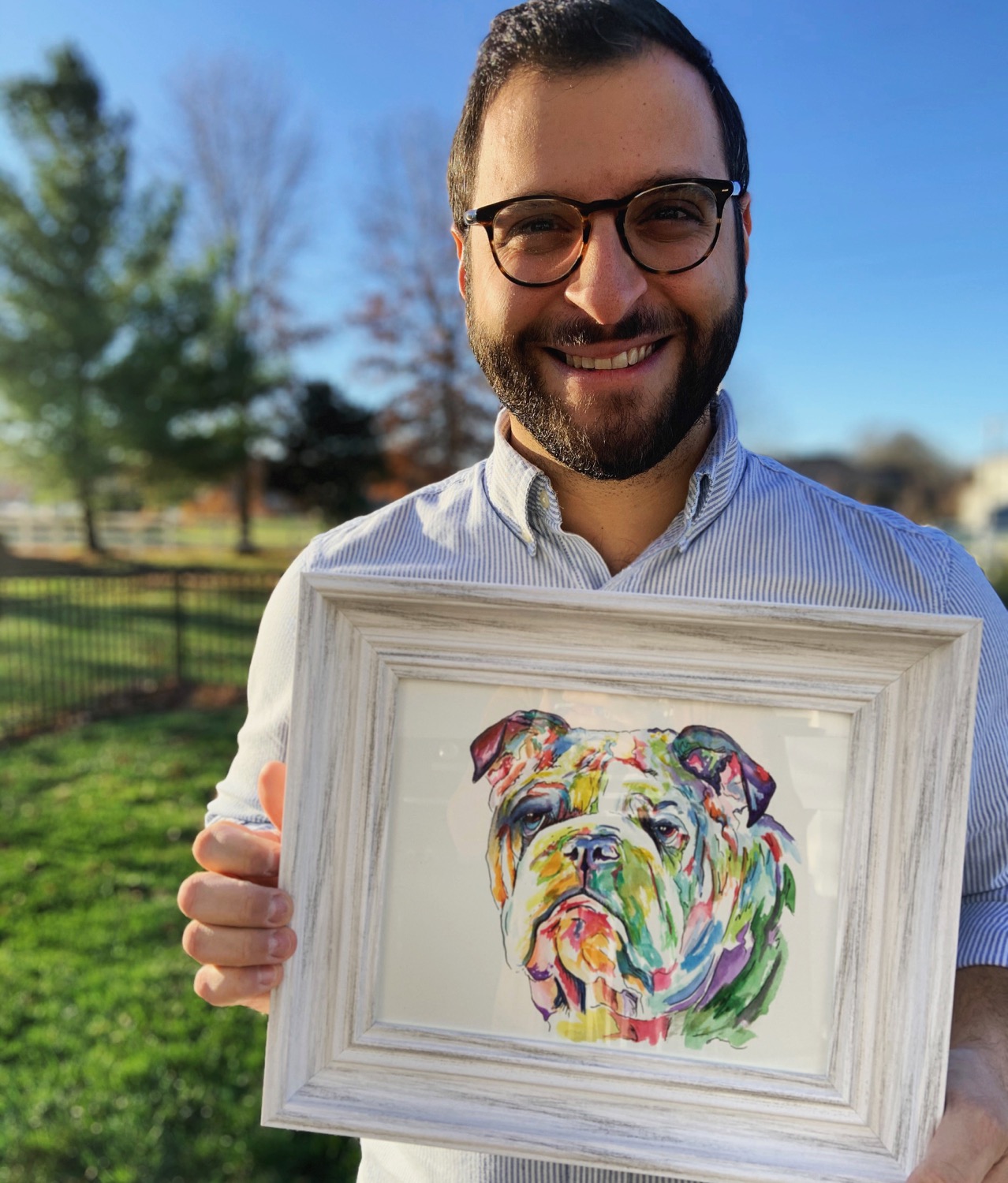Wait, I’m a what?
- Peter Assad

- Jun 3
- 2 min read
Facing Type Bias, Adaptation, and the Stories We Carry
"Huh? I'm a Producer?" "I thought I’d be a Weaver."
"What I really wanted to be is a Forger."
One of the most honest and important questions someone can ask when discovering their Creative Compass is: "Why this type, and not the one I thought I'd be?"
Whether it’s disappointment, confusion, or curiosity, that moment tells us something deeper is going on. You didn’t just take a fun little quiz—you encountered a mirror, and maybe what you found in the reflection surprised you.

The Bias Beneath the Surface
We all carry type bias. Some of it is aspirational (“I want to be like that”). Some is aversive (“I never want to be like that”). Both kinds can cloud how we see ourselves.
Where do these biases come from?
Maybe you worked under a hyper-controlling Conductor, and now anything “directive” makes your skin crawl.
Maybe the culture around you elevated bold pioneers like Forgers and shamed slow-and-steady Craftsmen.
Maybe your family rewarded collaboration and harmony (Weaver), so your natural autonomy and drive (Engineer) got buried.
Sometimes we romanticize a type that gave us a sense of stability or excitement. Other times, we reject an archetype because it reminds us of a wound. It’s not always about what we are—it’s also about what we've had to be in order to survive or succeed.
Who You Are and Who You Had to Be
Many people end up inadvertently developing a whole persona—a mode of operation—based not on natural wiring, but a need to adapt.
The quiet introvert who became the team’s upbeat rally leader.
The highly collaborative person who learned to go it alone after being let down too many times.
The fast-moving, urgent worker who had to slow down to fit a long-term team rhythm.
Workplaces, families, schools, and entire cultures shape us. They teach us what’s acceptable, what’s rewarded, and what we need to suppress. And the longer we’ve lived in that mold, the harder it is to tell where the mask ends and the self begins.
That’s why your Creative Compass archetype might feel unfamiliar—not because it’s wrong, but because it’s been buried beneath years of trying to be “the right kind of person.”
Archetypes Aren’t Aspirations—They’re Baselines
Here’s the good news: your Creative Compass isn’t a box, but a starting point. It indicates probable patterns of how you naturally approach creativity, problem-solving, and team dynamics, and highlights your internal compass—the direction you naturally move in when you’re not trying to impress or survive.
But it’s just the beginning.
So if you’re wondering, “Can I still be more like a [insert dream archetype here]?” then stay tuned for the next blogpost, which will drop in just two days!
In the meantime, take (and share!) this short nine-question survey.





Comments